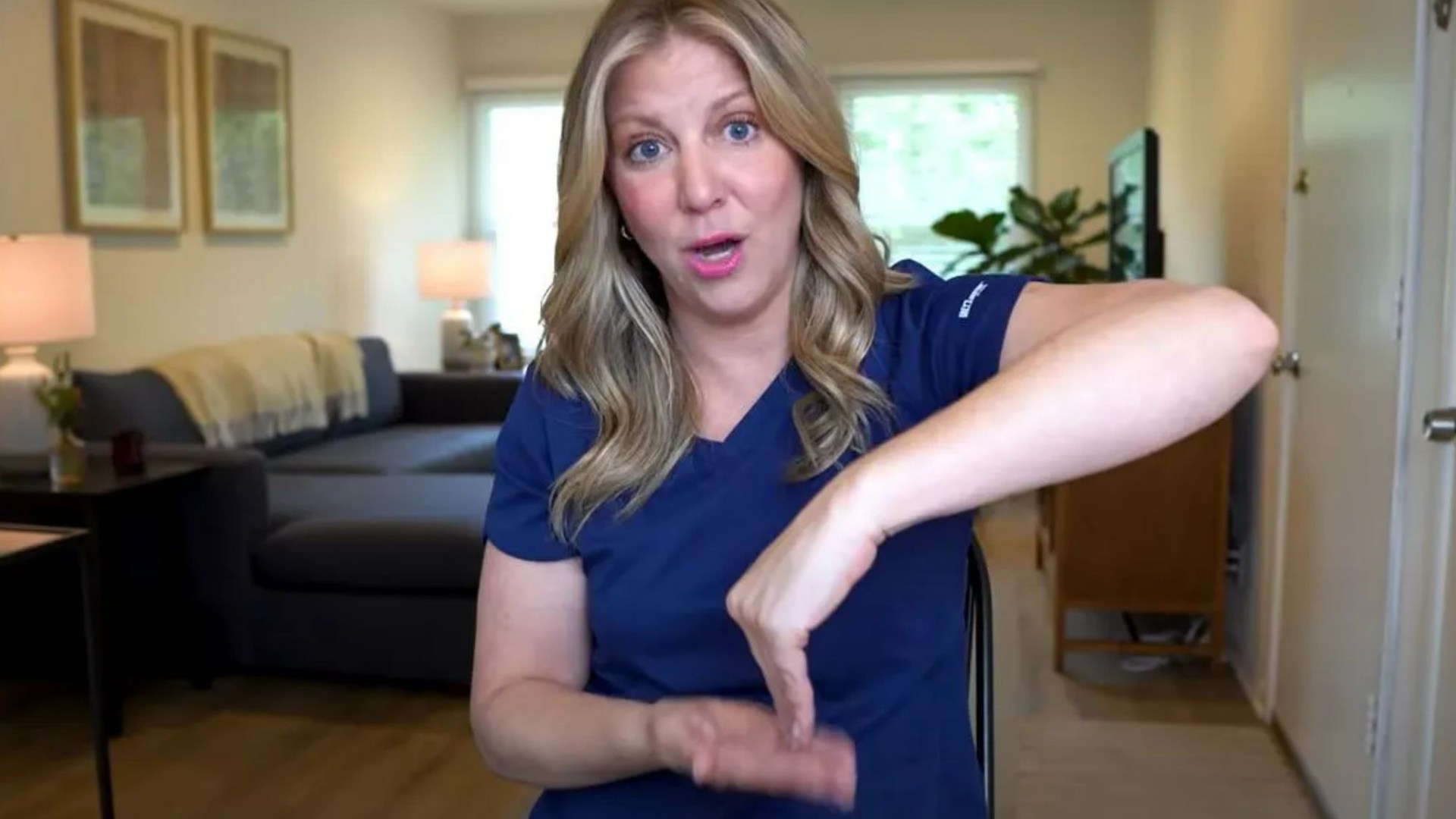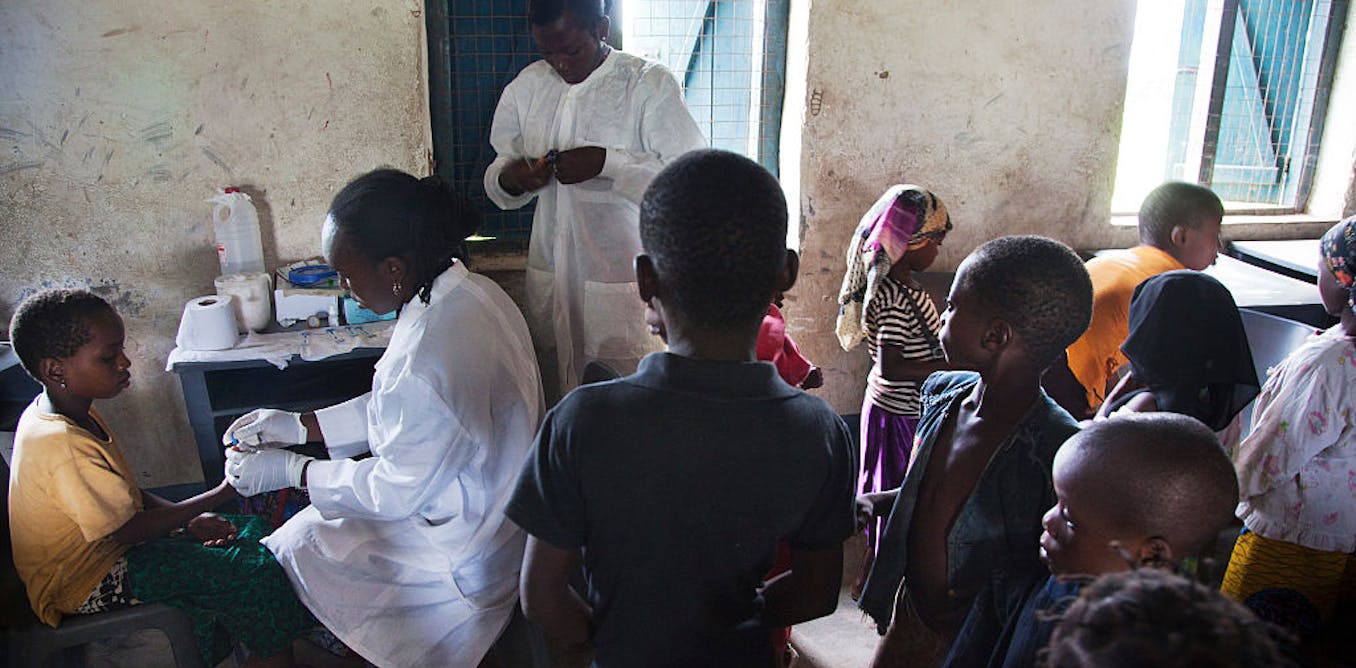DEMENTIA is sometimes called “the long goodbye”.
This is because although the person is still alive, the brain-eating condition slowly chips away at their memories and the qualities that make them “them”.
3

3
The disease affects about a million Brits and is the UK’s top cause of death.
Hospice nurse, Julie McFadden, 41, is now sharing her insights on social media as to how dementia progresses and how people die of it.
Posting her thoughts on platforms like TikTok and YouTube, Julie hopes to open up the conversation about death and dying.
What does dementia look like?
“When I talk about dementia I’m talking about all types of dementia, [including] Alzheimer’s disease and even Parkinsons’ disease,” she said.
Each of these diseases affects the brain and leads to the loss of ability to think, remember, and reason to levels that affect daily life and activities.
And although each condition will look slightly different, on the whole, they will follow a similar progression towards the end.
“They all have a staircase decline,” Julie said.
“This means they meet a plateau – their new normal – and then suddenly something happens, usually a fall or an infection like a UTI (urinary tract infection).
“When this happens, their health will decline. And they will be down here [points at a lower level] at a new normal.”
At this point, the person with dementia is very unwell, which might leave family members or carers forced to consider putting them in a hospice.
“And then, slowly but surely they usually creep back up,” Julie adds.
Even though they will get better, they won’t return to quite where they were before the initial setback, she said.
“This slow decline can look a bit like a staircase”, the nurse explained.
This is very different from someone with cancer for example, who tends to experience a big steep slope when it comes to the disease’s progression.
“And watching someone slowly decline, slowly deteriorate and slowly change over time is hard to watch,” she said.
A ‘peaceful death’
According to Julie, there are a “couple of things” people with the disease can die of.
“Sometimes it’s an event, like aspiration pneumonia and they decline so much they will die from the infection,” she said.
Aspiration pneumonia is an infection of the lungs caused by breathing in saliva, food, liquid, vomit and even small foreign object.
“But the one I see more commonly is the slow gradual progression of dementia where they eventually end up in a hospice where they will stop eating and drinking and they have this natural death,” Julie said.
“They are dying from the disease of dementia, which stops them from eating and drinking which essentially causes them to go into the active dying phase.”
Julie assured people watching the final phases of dementia are very peaceful for the sufferer.
“You will mostly see your loved one sleeping all the time and not eating or drinking,” she said.
“This does lead to a very peaceful death.”
Nine times out of ten, the agitation and confusion associated with the disease is gone at the very end, she added.

3
What happens in the moments before you die
JULIE has shared external signs people can watch out for in their loved ones that indicate when someone is near death.
These are specific to if “a patient is choosing to pass away at home or hospice”, the nurse said a clip posted to her YouTube channel.
Here are 11 signs and symptoms you will likely see:
- A decrease in food and water intake
- A decrease in functional mobility
- An increase in sleep
- Intermittent confusion or disorientation
- Talking about or seeing dead relatives
- Changes in breathing
- Changes in skin colour
- Fever
- Glassy or teary eyes
- Reaching for things or staring off into the distance
- Agitation
“All of these things are normal in death and dying,” Julie noted.




